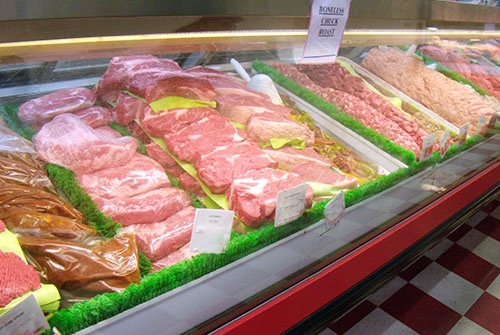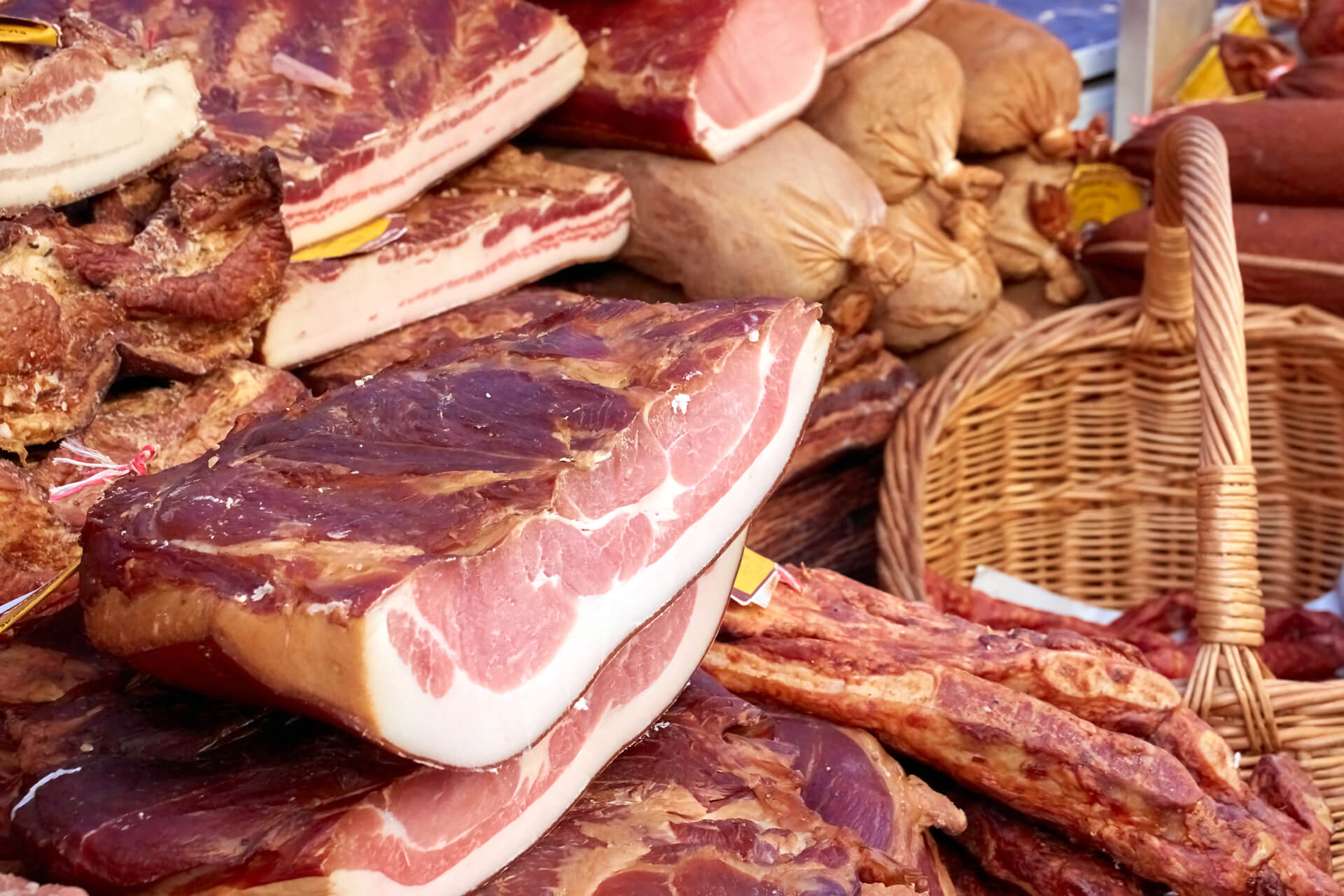Check Out the Local Taste at Bagley Farms Meat Market Edwardsville IL: Fresh and Delicious
Discover the Art of the Butcher's Cut in a Modern Meat Market
In the ever-evolving landscape of contemporary meat markets, the butcher's cut has transcended its typical origins, merging age-old craftsmanship with modern techniques. What truly sets the modern-day butcher apart is their ability to forge a much deeper connection in between customers and the origins of their meat.
Evolution of Butchery Strategies

The mid-20th century saw butchery strategies further improved by clinical insights into muscle biology and meat aging, enhancing both inflammation and preference. Developments like vacuum product packaging and refrigeration expanded item shelf-life, allowing butchers to expand offerings and improve quality assurance. This duration also noted the surge of customized devices, such as band saws and meat slicers, which boosted accuracy and effectiveness in meat handling.
Digital systems currently help in monitoring animal provenance and optimizing cuts to satisfy particular client choices. Additionally, a rebirth in artisanal butchery has actually arised, mixing traditional abilities with contemporary understanding to cater to customers seeking honest and lasting meat alternatives.

Comprehending Meat Cuts

Recognizing the details of meat cuts is vital for both butchers and consumers seeking quality and worth. Each cut comes from a different part of the pet, imparting special tastes, structures, and cooking approaches. Mastery of these distinctions not only enhances culinary experiences but likewise maximizes the energy of each carcass. For butchers, precise cuts show ability and respect for the craft, guaranteeing very little waste and optimum yield.
The primary classifications of meat cuts include primal, sub-primal, and retail cuts. Butchers then break these down additionally into sub-primal cuts, before finally producing retail cuts offered to customers, like ribeye or tenderloin.
Understanding muscular tissue structure is crucial; muscles made use of much more regularly by the pet tend to be harder and are best fit for slow cooking techniques, while less-used muscular tissues, like those found in the loin, are extra tender and suitable for grilling or roasting. Experience with these distinctions equips customers to make educated choices, improving their culinary ventures.
Selecting Top Quality Meat
Picking the appropriate meat involves greater than just choosing a visually attractive piece from the screen. The art of picking quality meat calls for a critical eye and expertise of particular attributes that indicate quality and excellence. Firstly, focus on the shade; beef must have a bright, cherry-red color, while lamb needs to exhibit a soft pink tone, and pork a pale pink. This suggests the meat is fresh and hasn't been subjected to oxygen for too lengthy.
Secondly, take into consideration the marbling, which refers to the white streaks of fat within the muscle mass. Correct marbling is a key indicator of tenderness and flavor, as it melts during food preparation, improving the meat's juiciness. Bear in mind, greater marbling frequently correlates bagley farms meat market edwardsville il with exceptional high quality cuts, such as USDA Prime.
Texture is another critical variable; meat needs to feel strong to the touch, not slimed or overly soft. Furthermore, be mindful of the scent. Fresh meat should have a tidy, neutral scent, without any kind of sour or off-putting odors.
Coupling Cuts With Cooking Approaches
Effectively pairing cuts of meat with the ideal food preparation techniques is necessary for attaining optimal flavor and structure. These techniques boost the meat's all-natural tastes and make certain a juicy surface.
On the other hand, tougher cuts like brisket and chuck roast are rich in collagen, which breaks down into jelly when cooked slowly. These cuts are optimal for braising or sluggish roasting, permitting the meat to tenderize over time and establish deep, intricate tastes. In a similar way, cuts such as brief ribs and pork shoulder prosper with slow-cooking approaches, where expanded cooking times transform their robust appearances into succulent recipes.
Lamb shanks and oxtail, which call for long term cooking to tenderize, are ideal candidates for stewing or slow-moving simmering. These techniques coax out rich, hearty flavors while preserving moisture. By understanding the distinct characteristics of each cut, cooks and home chefs alike can elevate their cooking productions, check here guaranteeing each meal is both satisfying and memorable.
The Butcher's Duty Today
Navigating the progressing landscape of the contemporary meat market, the butcher's duty today prolongs past mere prep work of cuts. Contemporary butchers are culinary artisans, educators, and supporters for sustainable techniques.
Along with crafting exact cuts, butchers now engage directly with customers, supplying cooking suggestions and customizing options to match individual requirements and choices. Their proficiency in meat aging, marbling, and flavor profiles equips customers to make informed decisions, enhancing their culinary experiences. This customized solution exhibits the butcher's advancing function as a relied on expert in the kitchen.
Additionally, butchers are crucial in minimizing waste, using entire pets to develop diverse products such as sausages and supplies - bagley farms meat market edwardsville il. This comprehensive technique not just values the pet however also aligns with modern sustainability objectives. By doing this, the modern butcher embodies both tradition and technology, adapting to an ever-changing market while maintaining the virtuosity and honesty of their craft

Conclusion
The contemporary butcher's craft intricately weaves standard strategies with contemporary innovations, stressing sustainable practices and honest sourcing. Mastery in recognizing diverse meat cuts and top quality signs encourages butchers to offer enlightened suggestions, lining up particular cuts with optimum cooking methods. This experience not only elevates culinary experiences however additionally strengthens the link in between consumers and the origins of their food. By honoring historical techniques while embracing modern needs, the look at this website butcher's role continues to be crucial in today's advanced meat market.